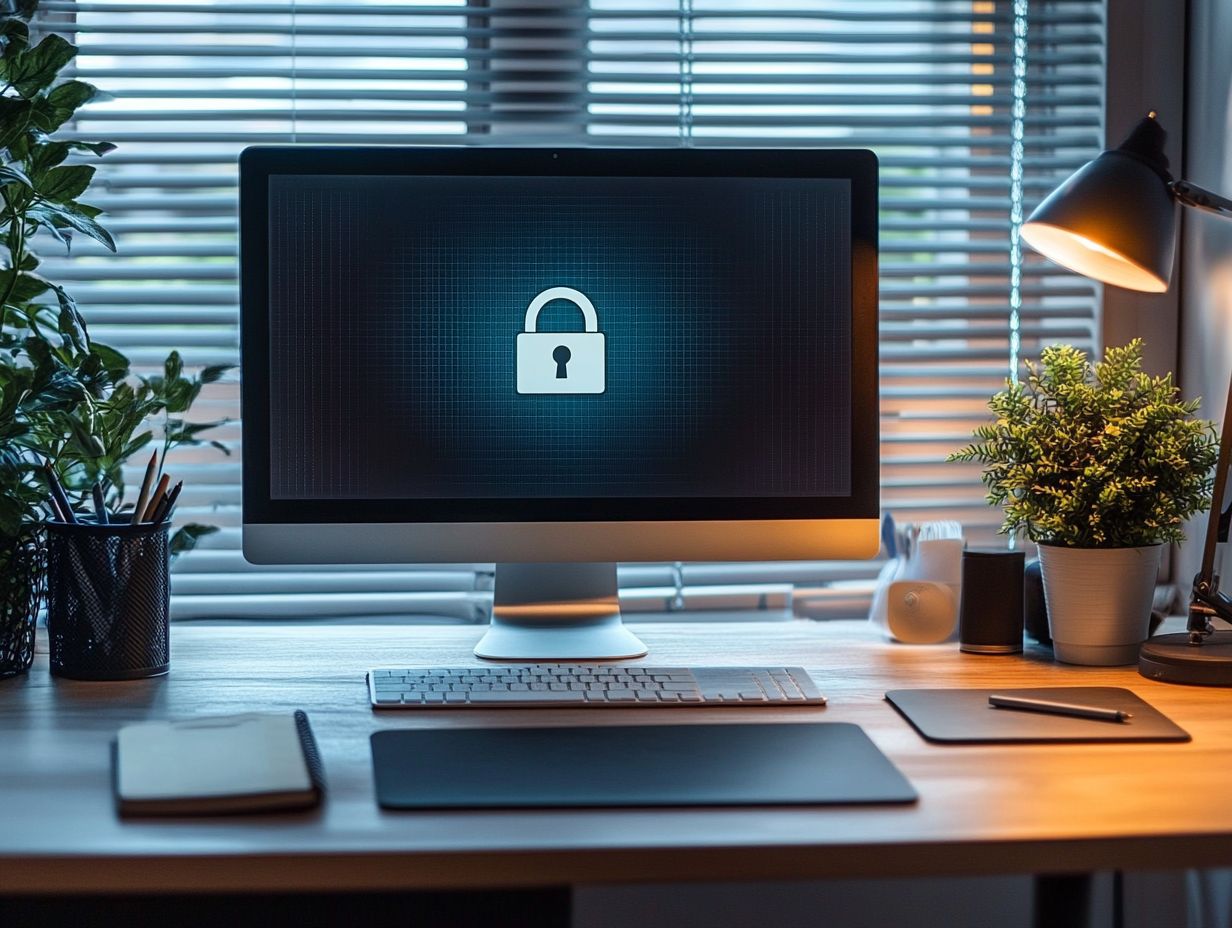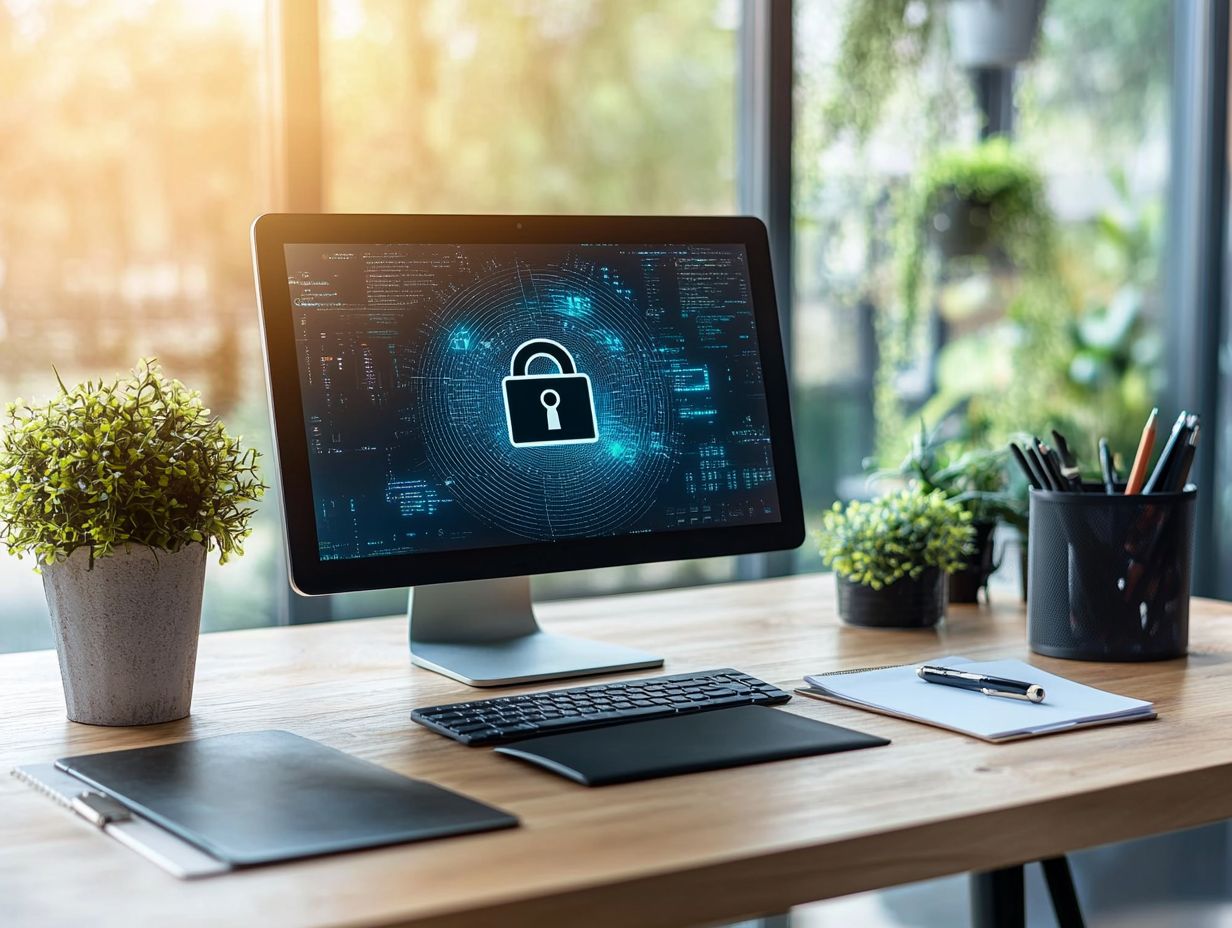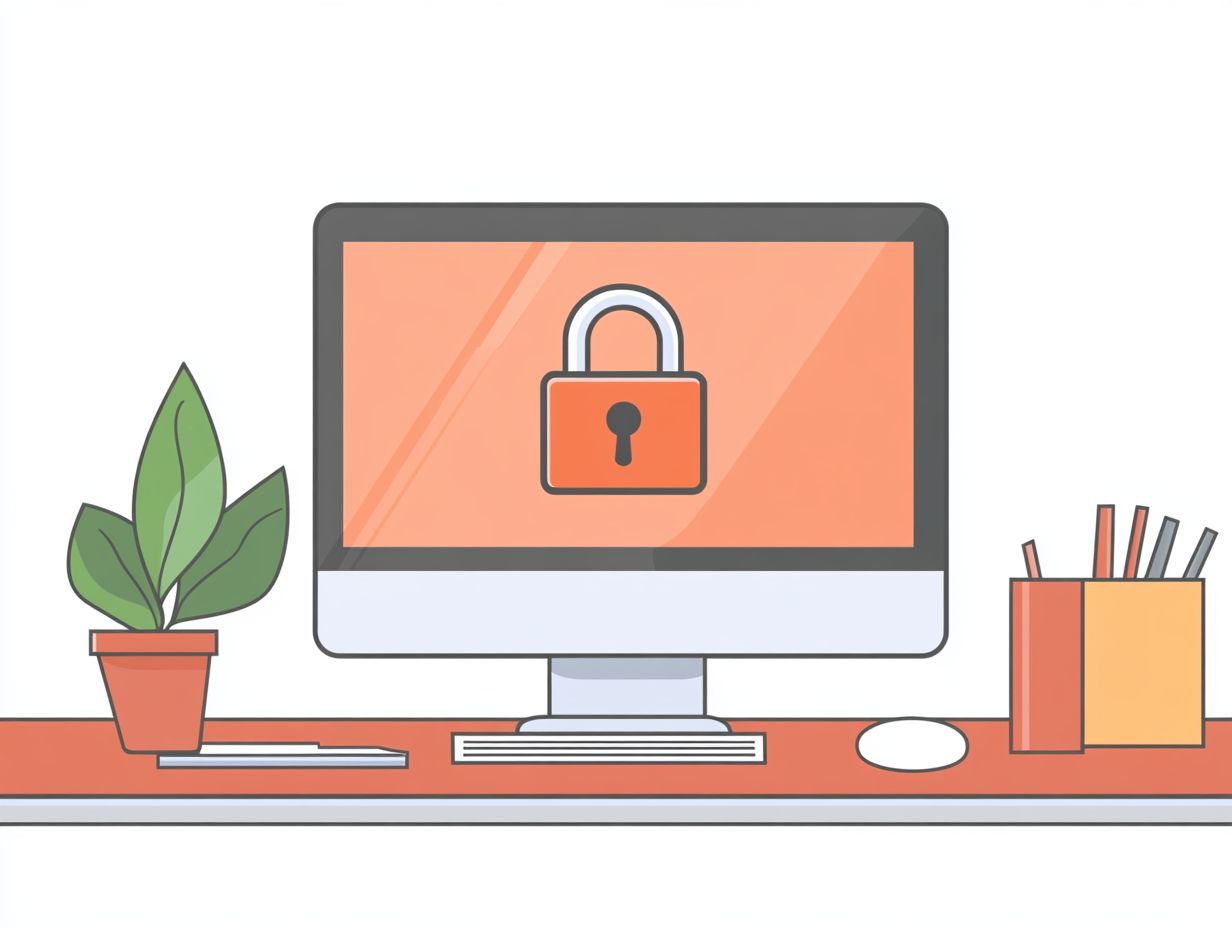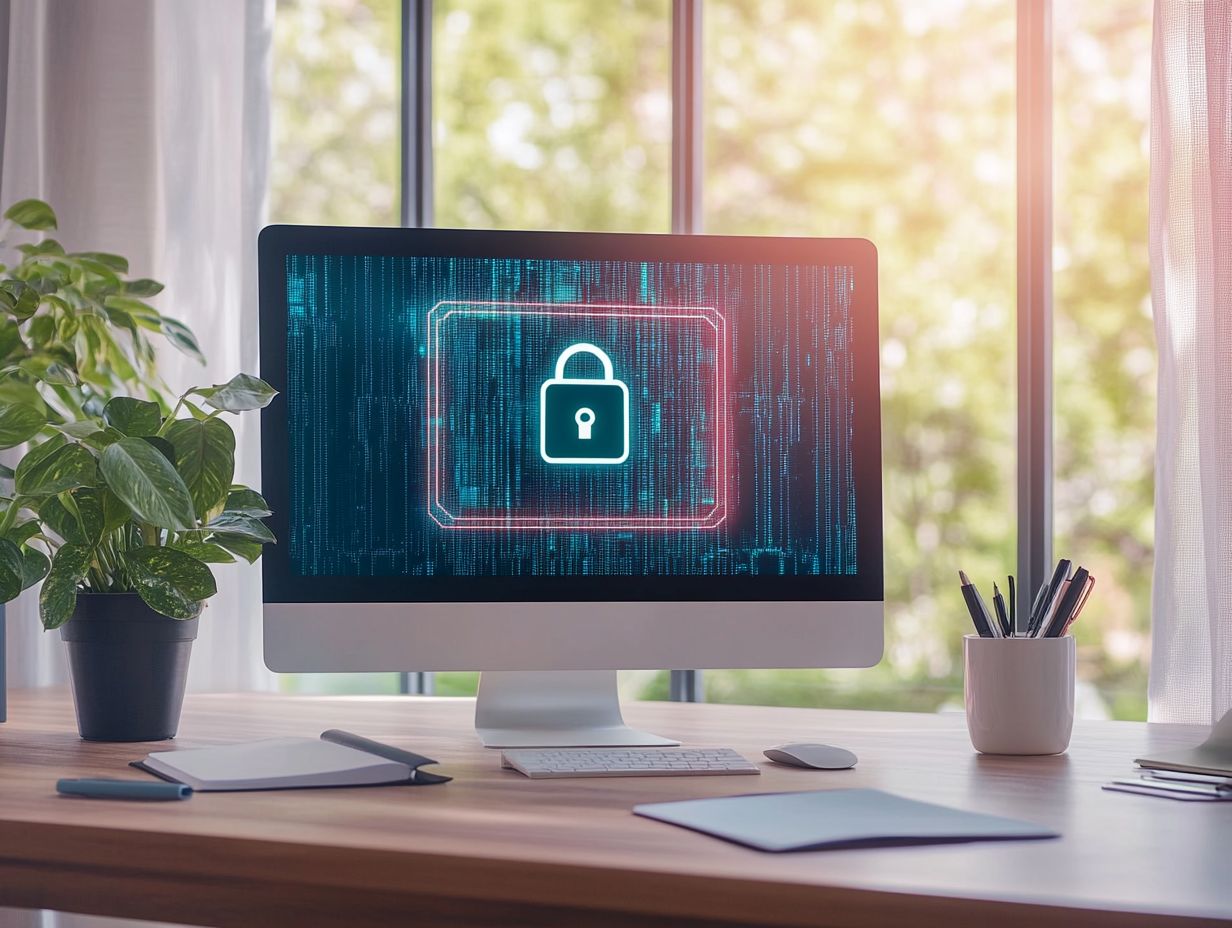what is cyber hygiene?
In today s digital landscape, grasping the concept of “cyber hygiene” is crucial for everyone, whether you are an individual or part of a large organization.
This article delves into what cyber hygiene entails, emphasizing its importance in protecting your personal and sensitive information. Neglecting proper cyber hygiene can result in dire consequences, but there are best practices you can adopt to maintain your cyber health, recognize common threats, and implement effective strategies in your daily life.
Safeguarding yourself online has never been more essential let s jump right in and arm yourself with vital knowledge to protect your digital life!
Contents
Key Takeaways:

- Regularly update software.
- Use strong passwords.
- Be cautious of suspicious emails and links.
Cyber hygiene refers to the practices and measures taken to maintain the health and security of digital systems and information. Understanding the importance of cyber hygiene is crucial, as poor practices can lead to serious consequences, including data breaches, financial loss, and damage to reputation. To maintain cyber health, individuals and businesses should follow these best practices.
Understanding Cyber Hygiene
Understanding cyber hygiene is essential for your organization, as it encompasses the practices and strategies that security practitioners must adopt to safeguard your network from current threats.
By creating a mindset for good cyber hygiene, you can effectively mitigate risks, protect sensitive data, and maintain digital resilience in the face of an ever-evolving cybersecurity landscape.
It s not just about following best practices; it requires a steadfast commitment to education and awareness throughout the organization.
Defining the Concept

Basic cyber hygiene encompasses the essential practices that you, whether an individual or part of an organization, must adopt to effectively safeguard your digital assets.
These practices involve regularly updating your software to address vulnerabilities, crafting strong passwords that stand up to hacking attempts, and ensuring that you and your team stay informed about the latest threats.
By integrating these elements, you not only create a secure environment but also foster a culture of cybersecurity awareness. Utilizing unique passwords for different accounts and implementing an extra layer of security that requires two forms of identification can significantly bolster your security.
Continuous education gives you the power to recognize phishing attempts and malicious links, making you far more vigilant as you navigate the digital landscape.
Why Cyber Hygiene is Important
Cyber hygiene is essential, as neglecting proper practices can result in catastrophic network breaches that expose critical vulnerabilities and jeopardize both organizational resources and sensitive data.
You must recognize the serious implications of overlooking cyber hygiene; it not only compromises data integrity but also tarnishes your reputation and erodes trust with partners and customers.
Regular cyber hygiene assessments are invaluable for pinpointing weaknesses, while investing in user education is crucial for mitigating the risks linked to human error.
The Impact of Poor Cyber Hygiene

The consequences of poor cyber hygiene can be quite severe, potentially leading to network breaches that allow malicious software to infiltrate systems and compromise sensitive data.
When you neglect fundamental practices, such as regular updates and employee training, you risk devastating financial losses that can cost businesses millions in recovery efforts and lost revenue.
For instance, just one phishing attack could trick employees into revealing login credentials, paving the way for cybercriminals to wreak havoc.
Ignoring compliance regulations can result in significant legal repercussions, including hefty fines. The reputational damage from such incidents can linger, turning loyal customers away and making it challenging for brands to regain their trust.
Companies like Target and Equifax stand as stark reminders of how quickly a lapse in cyber hygiene can escalate into a full-blown crisis.
Start improving your cyber hygiene today to secure your digital future!
Best Practices for Cyber Hygiene
Implementing best practices for cyber hygiene is essential to defend against evolving cyber threats. This includes using strong passwords and maintaining effective patch management.
Evaluate the security measures of your partner networks to ensure comprehensive protection. A proactive stance minimizes the risk of cyber incidents and safeguards your organization s assets.
Key Steps for Maintaining Cyber Health

As a security practitioner, implement a cybersecurity framework that integrates fundamental cyber hygiene practices. This framework fosters a strong security culture within your organization.
Key steps to take include:
- Conduct regular training sessions for employees. This enhances awareness and equips your team to identify threats effectively.
- Utilize network modeling to map vulnerabilities. This proactive approach lets you address issues before they escalate.
- Perform routine vulnerability assessments. Swiftly identifying weaknesses helps build a resilient defense against cyber threats.
Common Cyber Threats and How to Prevent Them
Common cyber threats like phishing attacks, malware, and network breaches present substantial risks for both individuals and organizations.
Act now to implement effective prevention strategies. By understanding these contemporary threats and securing your network equipment, you can better prepare your incident response plan.
This proactive approach will help minimize potential damage and facilitate a swift recovery from any cyber incidents.
Identifying and Addressing Vulnerabilities
Identifying and addressing critical vulnerabilities is essential for effective cyber hygiene. This can shield you from phishing and malware seeking to exploit system weaknesses.
To navigate this complex landscape effectively, implement systematic methodologies, such as regular audits and comprehensive assessments. Conducting vulnerability scans (checks to identify security gaps) and penetration tests (simulated attacks to find weaknesses) can uncover potential entry points that malicious actors might target.
Cultivating a culture of continuous improvement is invaluable. Establishing a routine review process ensures new vulnerabilities are identified promptly.
Here are some recommended practical steps:
- Maintain an up-to-date inventory of assets.
- Prioritize vulnerabilities based on risk levels.
- Ensure that patches are applied swiftly.
By taking these proactive measures, you can significantly bolster your cyber defenses and enhance your overall security posture.
Implementing Cyber Hygiene in Daily Life
Implementing cyber hygiene in your daily life is essential for both personal and professional spheres. It gives you the power to adopt effective practices like creating robust passwords, utilizing VPNs, and securing your cloud storage.
Prioritizing these actions not only enhances your security but also fosters a culture of awareness and responsibility in the digital landscape.
Tips for Individuals and Businesses
For you and your business, user education is a cornerstone in promoting cybersecurity best practices. Understanding the significance of this initiative can dramatically reduce your exposure to cyber threats.
To implement effective training, consider diving into interactive online courses. These should cover the essentials of internet safety, password management, and recognizing phishing attempts. Phishing attempts are fraudulent communications that appear to come from a reputable source, usually via email, to steal sensitive data.
Regular workshops help raise security awareness among employees. This opportunity allows you to share real-world scenarios and practical solutions.
Engaging in exercises like simulated phishing attacks reinforces these concepts. It helps everyone navigate the challenges of a rapidly evolving digital landscape.
Frequently Asked Questions
- What is cyber hygiene?
Cyber hygiene refers to the practices and habits individuals and organizations follow to maintain their online security and protect their digital assets from cyber threats. - Why is cyber hygiene important?
Cyber hygiene is important because it helps prevent cyber attacks, data breaches, and other online threats. By following good cyber hygiene practices, individuals and organizations can reduce their risk of falling victim to hackers and cyber criminals. - What are some examples of good cyber hygiene practices?
Examples include regularly updating software and operating systems, using strong and unique passwords, being cautious of suspicious emails and links, and regularly backing up important data. - How can I improve my cyber hygiene?
Don’t wait! Start improving your cyber hygiene today for a safer online experience! Stay informed about the latest cyber threats and security best practices, update your software and devices, and implement strong password management practices. - What are the consequences of poor cyber hygiene?
Poor cyber hygiene can lead to identity theft, financial loss, compromised personal and sensitive information, and damage to an organization’s reputation and operations. - Can cyber hygiene be applied to both personal and professional settings?
Yes, cyber hygiene is crucial in both personal and professional settings. Individuals should practice good cyber hygiene to protect their personal information, while organizations should implement it to safeguard their data and systems.






